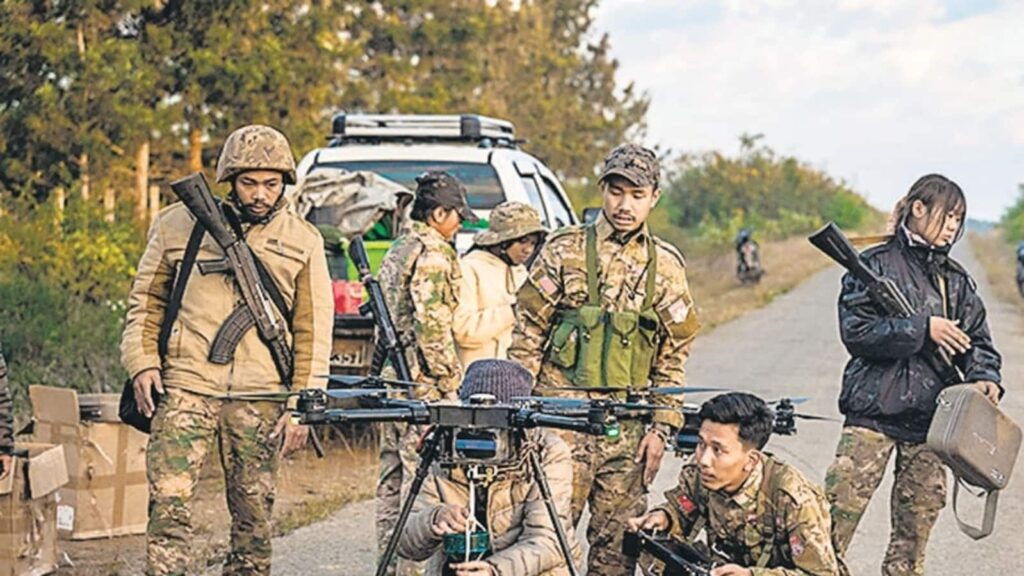Union home minister Amit Shah announced Sunday that the government will fence the 1,643 km long international border with Myanmar and the free movement regime (FMR) agreed upon by the two countries will be stopped. This is ostensibly meant to restrict people from crossing into India from Myanmar. Following the 2021 military coup, a civil war has been raging in Myanmar and thousands have fled to India — over 30,000 people are lodged in camps in Mizoram. The government in Manipur has claimed that militants are exploiting the open border for smuggling in arms and ammunition. These concerns are legitimate, no doubt, but the solution does not lie in fencing the border. On the contrary, it may backfire on the ground.
The opposition from the chief minister of Mizoram against ending the free movement of people across the border reflects the sentiment on the ground. FRM recognises the transnational ethnic ties of the Kuki-Zomi people in Mizoram and Manipur and the Chin in Myanmar. The provision allows people to cross the international border without a visa and travel up to 16km inside the other country. It has eased the living conditions of people of a common ethnic ancestry, who were divided when the colonial administration separated Burma from British India in 1937. The kinship ties, in fact, are a reason behind the inflow of Myanmar refugees to Manipur and Mizoram.
The right approach to this situation is to approach the inflow of people as a refugee crisis and provide all necessary help to the local administration: The refugees have become a financial burden on Mizoram. The violence in Manipur cannot be traced to the Myanmar situation. There are multiple factors responsible for the civil unrest in that state. First, the failure of the government to rise above sectarian interests and enforce the law has allowed mobs to run riot in Manipur. Second, the propaganda about a Kuki ingress from Myanmar with the intent to change the demography of the region has vitiated the atmosphere. Imphal, like Aizawl, should see the refugee flow for what it is — a fallout of the war across the border.
Border fencing will be an expensive proposition considering the mountainous terrain. Any comparison of the Indo-Myanmar boundary with the Indo-Bangladesh or India-Pakistan borders is misplaced since the histories of migration and the trajectory of bilateral relations are very different. As minister Shah has repeatedly said, there is a decline in insurgency in the Northeast with many militant groups giving up arms to join the mainstream. If this is the situation, why must precious resources be spent on a dead investment like a fence, which can only divide people?
Continue reading with HT Premium Subscription
Daily E Paper I Premium Articles I Brunch E Magazine I Daily Infographics


